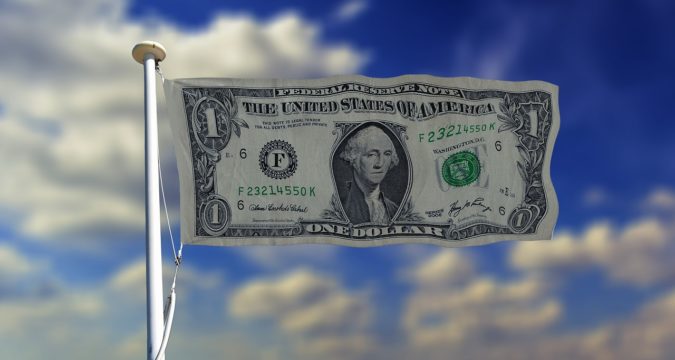

On Thursday, the dollar declined to a one-month low after the reassurance of the US Federal Reserve that hikes in interest rates remain distant. This pullback gave a major boost to most of the other currencies, from the Chinese yuan to the Aussie dollar. China also made efforts to assuage the stock market jitters that were precipitated by its introduction of regulations on some sectors, which proved to be helpful as well. The yuan managed to rise for the second straight day to reach a one-week high against the dollar.
As far as the greenback is concerned, it had already lost its momentum of a month of gains leading to Wednesday’s meeting of the Federal Reserve and remarks of Chair Jerome Powell that rate increases were some time away and could tip even lower. After the statement by the Chairman, the US Treasury yields were also trending lower and the 10-year yield slipped even more on Thursday and the real yield, which was adjusted for inflation, fell to a new record low of -1.175%. The dollar had tumbled 0.3% lower by 0800 GMT against a basket of other currencies. It was trading at 91.98, which brought it down for the fourth consecutive day.
Market strategists said that the dollar had weakened overnight because people had taken profit on long dollar positions. They also said that it seemed likely that the Fed would start tapering off by the end of the year and the interest rates would increase from 2023. According to experts, Jerome Powell had only disclosed what most people already knew. No timing has been provided regarding rate hikes or tapering off and this means that the payroll data would prove to be immensely important for the next couple of months. Thanks to the dollar movement, the euro was able to climb up to a two-week peak of $1.188.
New Zealand and Australian dollars, which are reliant on the economic growth of the world and China, also experienced gains on Wednesday. They added a value of more than 0.4%, although the Aussie dollar was capped due to concerns of an extended COVID-19 lockdown in Sydney that would undoubtedly drag on the country’s economy. The Canadian dollar also climbed up to two-year highs with an increase of 0.6%. Optimism due to the re-opening of the economy in Britain has given Sterling a boost and it reached a one-month high at $1.3940.
Meanwhile, the dust appeared to settle after the storm triggered by China’s regulatory crackdown on the for-profit tutoring industry, not long after its campaign against tech companies, along with new regulations for home-grown companies aiming to list overseas. On Wednesday, China’s Security and Regulatory Commission (CSRC) conducted a meeting with the executives of leading global investment banks for calming the nerves in the financial markets. There was a 0.3% increase in the offshore yuan and an emergency currency index rose by 0.6% to reach two-week highs. Despite the improved sentiment in world markets, investors are keeping an eye out on increasing COVID-19 cases.


